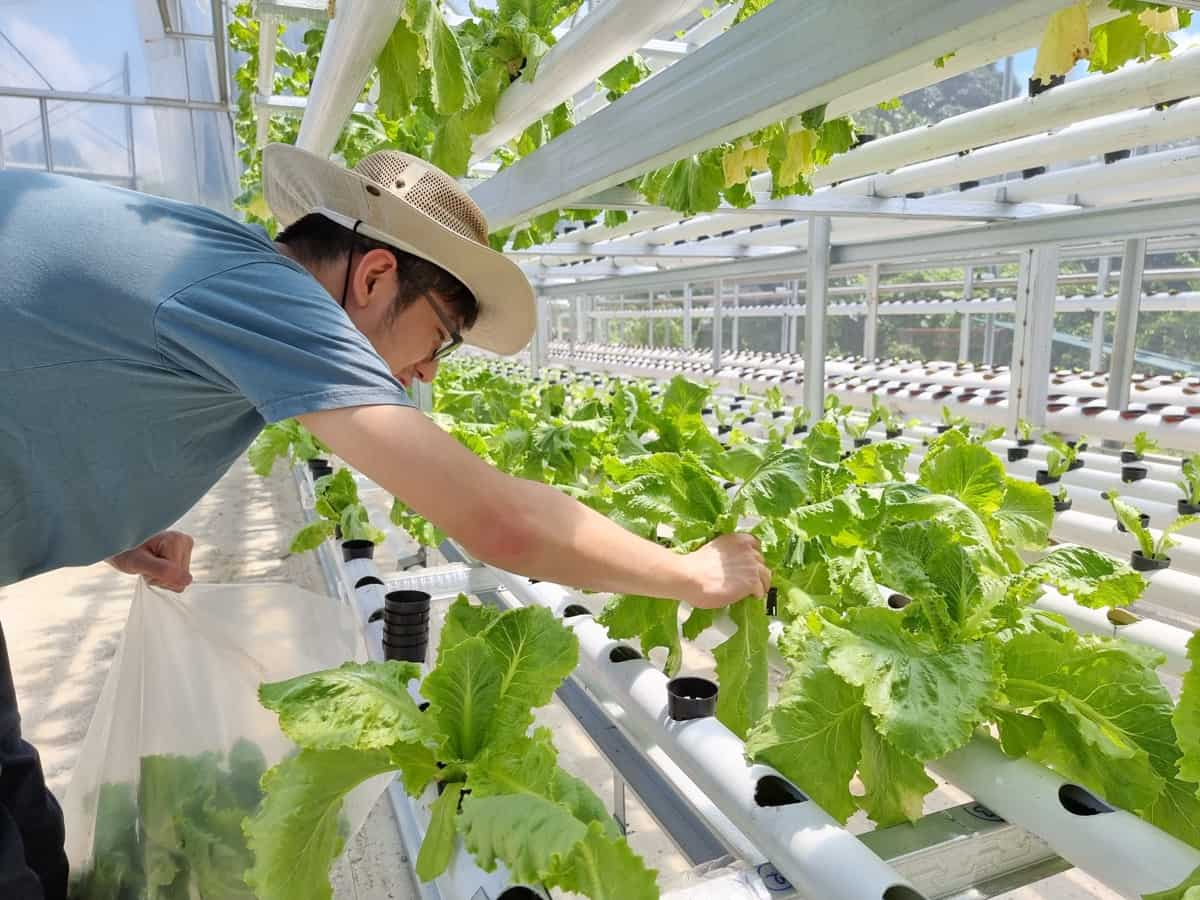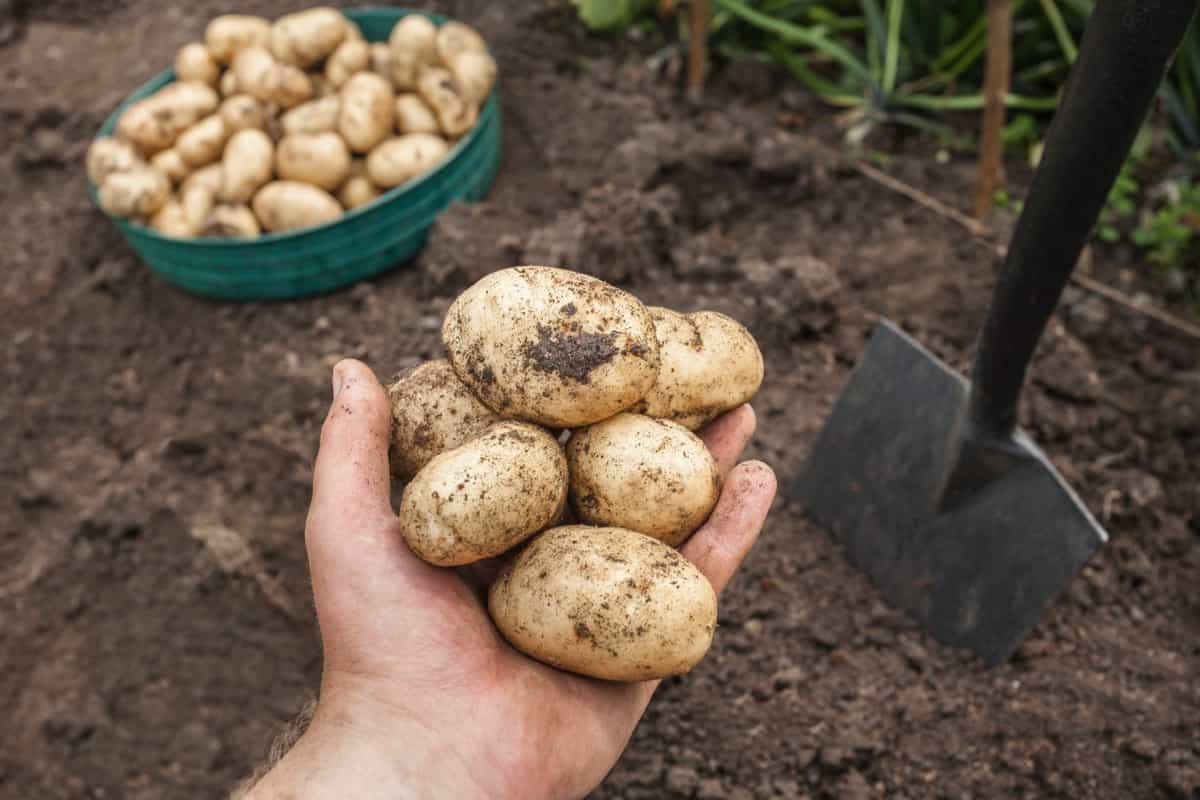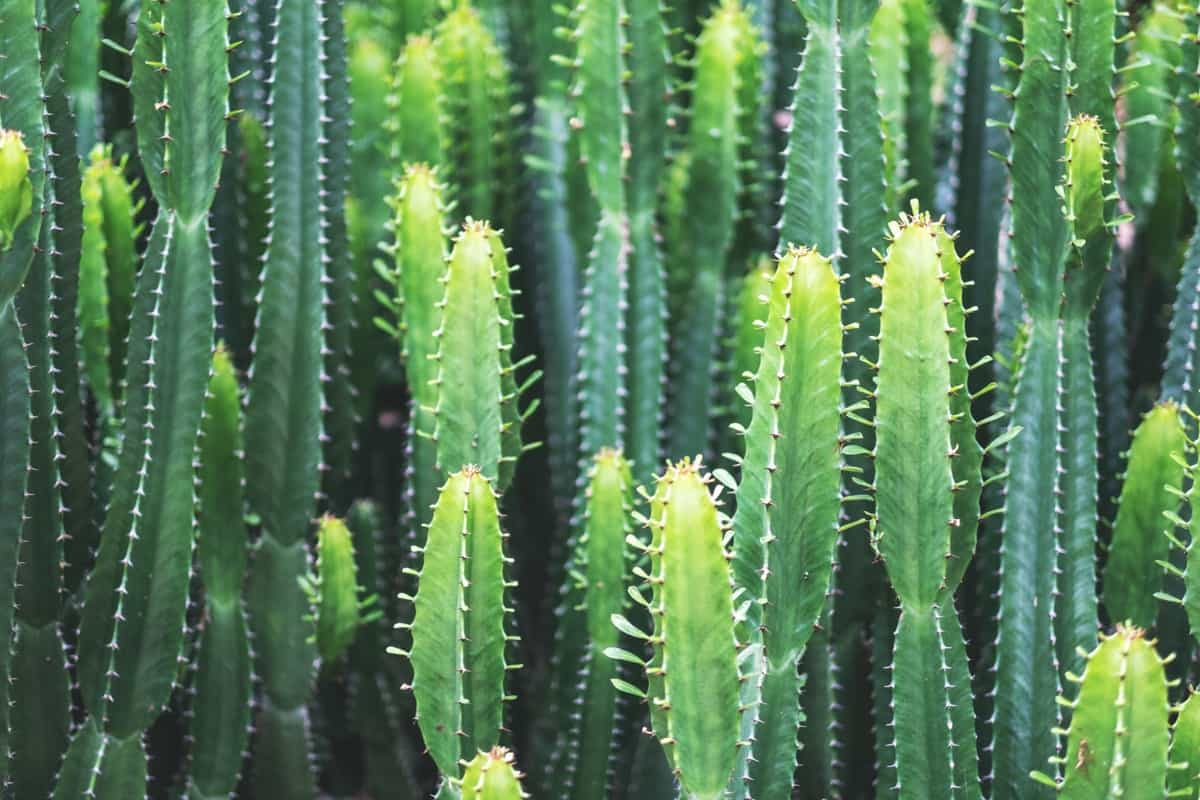Different Types of Growing Media for DWC: Deep Water Hydroponics
Delving into hydroponics, especially deep water culture (DWC), opens up possibilities for growing plants. DWC is a soilless technique that suspends plant roots in nutrient-rich oxygenated water. But what about the growing media that support those roots? From the simplicity of clay pellets to the stability of Rockwool and the natural look of coir, let's navigate through the different types of growing media for DWC, each offering unique benefits for optimal plant growth.

Deep water culture is a very effective hydroponic technique and a valuable entry point into hydroponics. This method works: A reservoir of water is infused with nutrients and air, supporting plants placed in mesh pots above the reservoir lid. The roots hang down in the water, absorbing nutrients.
Manual nutrient supply, pH and EC adjustments ensure a balanced environment. Submerged bubblers or air stones provide essential oxygen. Natural or from grow lights, light promotes growth, while ventilation promotes cooling and stimulation.
Understand the importance of culture media in DWC Suspending Roots in Oxygenated Water: DWC is a hydroponic system where plant roots are suspended in a reservoir of nutrient-rich water, providing vital oxygen for growth. Water, nutrients and oxygen: Plants need water, nutrients and oxygen for healthy growth. In traditional soil gardening, they absorb them from the soil. In DWC, water, nutrients and oxygen are delivered directly to the roots without soil. Water supply: A tank with a nutrient solution sits under the plants on a floating raft. This setup ensures stable root growth in a nutrient-rich environment. Nutrient Efficiency: Unlike traditional gardening, where nutrients are taken up by the soil, DWC delivers a constant supply of oxygenated hydroponic nutrients for efficient root uptake. Oxygen Vitality: DWC maintains high oxygen levels through air pumps and stones. Other hydroponic systems expose the roots to the air, but the DWC keeps the roots submerged, infusing the water with oxygen. IDEAL FOR BEGINNERS: The simplicity of DWC is suitable for first-time hobbyists. Once established, it is low maintenance, making it a great entry point into hydroponics. Commercial Applicability: DWC is for more than beginners. Its low maintenance nature makes it popular in commercial gardens, producing robust root mass growth and high nutrient uptake for significant yields. Minimal Components: With few components and no complex plumbing, DWC systems are easy to maintain. No expensive equipment is needed. Cost effective and efficient: A basic DWC system can be as simple as buckets of nutrient-rich water and an air pump with growing medium. This accessibility and efficiency attract both beginners and experts. Continuous Growth: DWC ensures a constant supply of nutrients and oxygen, promoting steady plant growth throughout their life cycle. Versatile Adaptation: DWC can be scaled for different types of plants, making it adaptable to different species and growing requirements. Types of DWC systems Traditional DWC: The classic setup with a tank, mesh pots, air pump and stone. It's a beginner-friendly method that works indoors and outdoors. RDWC (Recirculating DWC): A more advanced version where water and nutrients circulate through connected reservoirs. Notable for scalability and improved nutrient delivery. Kratky Method: A simplified DWC approach without an air pump. Plants should have space between the roots and the surface of the water for aeration. Without electricity but requires practice. Bubbleponics: Similar to DWC but incorporates a...
Delving into hydroponics, especially deep water culture (DWC), opens up possibilities for growing plants. DWC is a soilless technique that suspends plant roots in nutrient-rich oxygenated water. But what about the growing media that support those roots? From the simplicity of clay pellets to the stability of Rockwool and the natural look of coir, let's navigate through the different types of growing media for DWC, each offering unique benefits for optimal plant growth.

Deep water culture is a very effective hydroponic technique and a valuable entry point into hydroponics. This method works: A reservoir of water is infused with nutrients and air, supporting plants placed in mesh pots above the reservoir lid. The roots hang down in the water, absorbing nutrients.
Manual nutrient supply, pH and EC adjustments ensure a balanced environment. Submerged bubblers or air stones provide essential oxygen. Natural or from grow lights, light promotes growth, while ventilation promotes cooling and stimulation.
Understand the importance of culture media in DWC Suspending Roots in Oxygenated Water: DWC is a hydroponic system where plant roots are suspended in a reservoir of nutrient-rich water, providing vital oxygen for growth. Water, nutrients and oxygen: Plants need water, nutrients and oxygen for healthy growth. In traditional soil gardening, they absorb them from the soil. In DWC, water, nutrients and oxygen are delivered directly to the roots without soil. Water supply: A tank with a nutrient solution sits under the plants on a floating raft. This setup ensures stable root growth in a nutrient-rich environment. Nutrient Efficiency: Unlike traditional gardening, where nutrients are taken up by the soil, DWC delivers a constant supply of oxygenated hydroponic nutrients for efficient root uptake. Oxygen Vitality: DWC maintains high oxygen levels through air pumps and stones. Other hydroponic systems expose the roots to the air, but the DWC keeps the roots submerged, infusing the water with oxygen. IDEAL FOR BEGINNERS: The simplicity of DWC is suitable for first-time hobbyists. Once established, it is low maintenance, making it a great entry point into hydroponics. Commercial Applicability: DWC is for more than beginners. Its low maintenance nature makes it popular in commercial gardens, producing robust root mass growth and high nutrient uptake for significant yields. Minimal Components: With few components and no complex plumbing, DWC systems are easy to maintain. No expensive equipment is needed. Cost effective and efficient: A basic DWC system can be as simple as buckets of nutrient-rich water and an air pump with growing medium. This accessibility and efficiency attract both beginners and experts. Continuous Growth: DWC ensures a constant supply of nutrients and oxygen, promoting steady plant growth throughout their life cycle. Versatile Adaptation: DWC can be scaled for different types of plants, making it adaptable to different species and growing requirements. Types of DWC systems Traditional DWC: The classic setup with a tank, mesh pots, air pump and stone. It's a beginner-friendly method that works indoors and outdoors. RDWC (Recirculating DWC): A more advanced version where water and nutrients circulate through connected reservoirs. Notable for scalability and improved nutrient delivery. Kratky Method: A simplified DWC approach without an air pump. Plants should have space between the roots and the surface of the water for aeration. Without electricity but requires practice. Bubbleponics: Similar to DWC but incorporates a...What's Your Reaction?






















